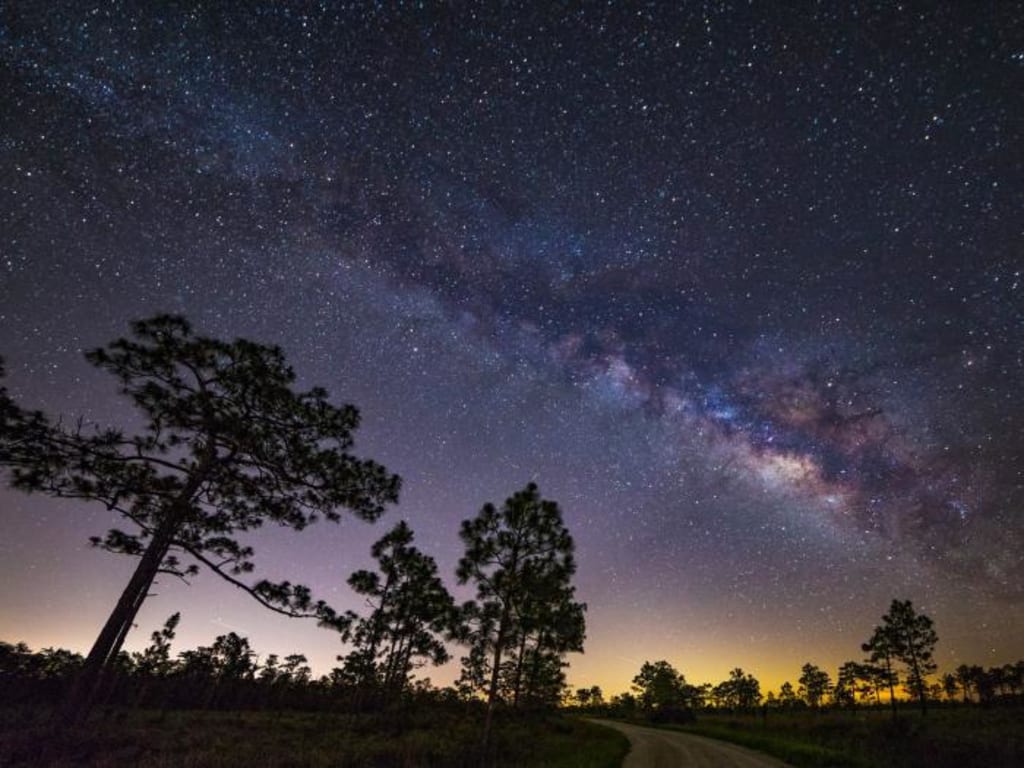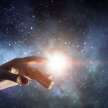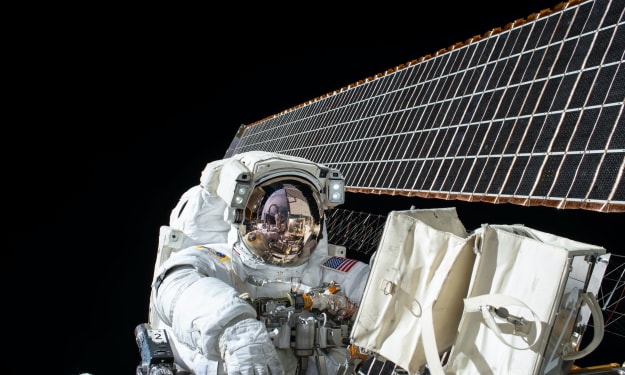Earth is no longer perfect? Scientists discover 24 planets that are more habitable than Earth
A more habitable planet than Earth

Exploring outer space is not only the pursuit of truth and the satisfaction of curiosity, but also a necessary path for our human development, because we need to expand our living space and find the next suitable place for human beings to settle in.
And a very important task is to find extraterrestrial life and answer the question that has puzzled mankind for thousands of years: the origin of life.
Looking up at the night sky, in a clear cloudless place with no light pollution, we can see about 6,000 stars in the sky, all of which are visible to the naked eye within the Milky Way.
They are very close to the earth, only a few light-years, tens of light-years, and hundreds of light-years away, and their intrinsic brightness is very high. They are blue giant stars with several times the mass and dozens of times the mass of the sun, and they are separated from the main sequence star. Stages of blue giants (red supergiants).
But our Milky Way has a diameter of 100,000 light-years, and blue giants with extremely high brightness (such as O-class stars, B-class stars), their number only accounts for 5% of the number of stars in the Milky Way, and more stars are visible to the naked eye. invisible.
If you add up those fainter and distant stars, the Milky Way contains about 200 billion stars, each of which, like our sun, burns the fuel in the core through fusion to emit light and heat;
Stars act like an element processing factory, fusing hydrogen into heavy elements, creating all the elements we see on the periodic table.
And more importantly, the three most important elements that make up life, carbon, hydrogen, and oxygen, are ranked fourth, first, and third in content in the universe, so there is no lack of any composition in the universe. ingredients of life.
Not only is there no shortage of elements, but also chemical molecules, and even long chains of organic molecules, because we have found a large number of chemical molecules in the nebulae of the Milky Way: such as carbon monoxide, water, formaldehyde, ammonia, etc.;
And we have also discovered many complex organic molecules, such as amino acids, purines, and so on, which are the necessary units.
Given that the building blocks of life are so common, and that most stars in the Milky Way have their own planets orbiting them. There are many more planets than stars.
Therefore, scientists have always believed that the possibility of life being born only in the Milky Way is very high.
Therefore, since the 1950s, we have been trying to actively contact alien life, such as actively transmitting radio to outer space, actively listening to possible artificial signals in outer space, and we have also launched probes on planets in the solar system. Look for possible signs of life.
Although nothing has been found so far, and even we have not found the slightest evidence of the existence of extraterrestrial life, human beings still believe that we cannot be unicorns in the universe.
Because all our theories tell us that it is normal to have extraterrestrial life, and it would be a strange thing to not have it.
In addition to looking for alien life through the above methods, we also look for planets outside the solar system through space telescopes, such as the decommissioned Kepler telescope and the operating TISS telescope.
It is hoped to find planets with a similar mass to the Earth, a similar atmospheric environment, and in the habitable zone of the parent star. After more than ten years of searching, we have found about 4,600 exoplanets, many of which are compatible with potential habitats for life.
Even some planets in the habitable zone may have a more favorable environment than Earth and are more friendly to life.
A paper published last October in the journal Astrobiology showed:
Scientists have redefined the perfect standard for habitable planets, and have screened out 24 planets from more than 4,600 exoplanets that have been discovered. These 24 planets are considered to basically meet one or several of the habitable gold standards. So they are better than the earth.
The most perfect standard for planetary habitability:
The parent star that the planet revolves around is not a G-class star like the sun, but a K-class star that is one class smaller than the sun. The mass of these stars is at least 40% of the mass of the sun, and the mass of these stars does not exceed one solar mass;
The low mass of the parent star is more perfect for the evolution of life, because the lifespan of a star is related to the mass of the star. Although the lifespan of a star like the sun is 10 billion years, the evolution of life on Earth to today, human science has only developed for a few hundred years. The sun has passed the middle of the year.
What's even sadder is that the sun doesn't need to wait until the day it dies to kill humans, it will take another billion years to turn the earth into a hot pot.
For K-class stars, their lifespans will be greatly improved, reaching tens of billions of years, or even hundreds of billions of years, leaving longer time for planetary evolution and life evolution.
But it is not that the smaller the mass of the parent star, the better. For example, the mass of M-class stars ranges from 8% to 40% of the mass of the sun, and the life span can reach trillions of years, but the planets in its habitable zone will be due to Getting too close to the parent star would suffer from excessive radiation hazards, which is not conducive to the evolution of life.
The lifespan of a planet will not be too small or too large. It is just between 5 billion and 8 billion years old. Planets with too small lifespans will have an unstable surface environment due to the high core temperature, making them more prone to earthquakes, Natural disasters such as volcanic eruptions, and planetary systems with too short lifespans are chaotic and vulnerable to meteorite impacts. These are fatal blows to life.
The planet is too old, and because the core cools, the planet loses the protection of its magnetic field, just like Mars is now desolate because there is no magnetic field.
The average temperature of the planet's surface is 2 to 3 degrees Celsius higher than that of the earth, and the oxygen concentration in the atmosphere is 25% - 30%, because in the tropical rain forest climate on the earth, the biodiversity there is better than other climates, and the tropical rain forest climate is more suitable for life. With the reproduction and evolution of plants, the plants are more prosperous, and the slightly higher oxygen concentration is also more conducive to the survival of life.
The volume of the planet is 10% larger than that of the earth, and the mass is 1.5 times that of the earth. Such a planet can provide life with more living space than the earth.
Finally, the satellite of the planet is also very important to the evolution of life on the planet, just like the tidal rhythm brought by the moon of the earth to the earth is the environment in which many lives depend, so it is best for a planet to have a mass of 1 in the planetary mass. % to 10% of the satellites.
A planet that fully satisfies all the same conditions is perfect, and it can be said to be an absolutely ideal home for life. In such an environment, life is not only easier to appear, but also evolves more smoothly and lasts longer.
Although none of the 24 planets screened by scientists perfectly meet the same criteria, they are all better than Earth in terms of overall scores.
The above picture is part of the 24 planets. They are the most perfect habitable places discovered by human beings. They are not only in the habitable zone of the parent star, not only have liquid water, but also their volume is slightly larger than the earth. , age is perfect.
Among so many stars in the Milky Way, it is not surprising to find planets that are more suitable for life to survive around them. After all, with a large base, everything is possible.
We also cannot rule out that there are habitable planets in the Milky Way that meet the perfect gold standard, and we cannot rule out the existence of life and even intelligent life on these habitable planets that have been discovered.
About the Creator
dardani lennon
The question mark is the key to any science
Enjoyed the story? Support the Creator.
Subscribe for free to receive all their stories in your feed. You could also pledge your support or give them a one-off tip, letting them know you appreciate their work.






Comments
There are no comments for this story
Be the first to respond and start the conversation.